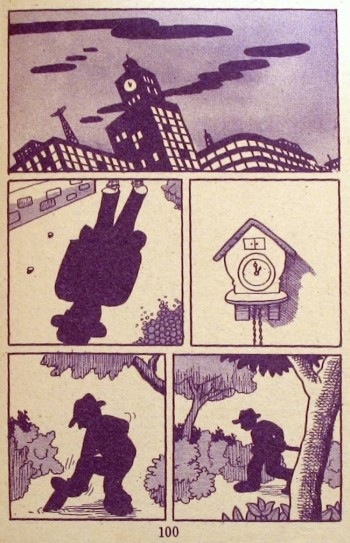
Manga isn’t all awkward schoolgirls and giant robots. There has long been a very strong alternative and literary thread of manga, and two recent articles give you some perspective on it.
I would call Ryan Holmberg’s Proto-Gekiga: Matsumoto Masahiko’s Komaga a must read, but I have to confess, it is very long and involved, and I have set it aside for weekend reading. BUT the important thing is that he compares and contrasts Yoshihiro Tatsumi, who is kind of credited as the father of “gekiga” or realistic manga, with Matsumoto Masahiko, a figure who appears in Tatsumi’s autobiographical A Drifting Life under another name. Masahiko’s work went down a slightly different path than Tatsumi’s but Holmberg shows that it was equally important:
This is not really communicated in A Drifting Life. Without the resurrection of Tatsumi some ten years ago, it is doubtful that anybody other than diehard kashihon collectors and researchers would even know about Matsumoto. But it should also be recognized that Tatsumi, by coining the term gekiga and thus effectively (regardless of his intentions) taking the innovations for his own, did his share in obscuring Matsumoto’s central contributions to the medium. A few years ago I pointed out how Tatsumi was either forgetful or dishonest about his story sources. When it comes to the more important matter of Tatsumi’s visual aesthetic, again I think the autobiographical self-focus of A Drifting Life has skewed art history.
Anyway, you can love Tatsumi and Masahiko. But can you find their work? In another article, Josselin Moneyron rounds up some alternative manga publishing efforts in English from D&Q and Breakdown press, which published Matsumoto’s The Man Next Door, which was edited by Holmberg. WOW IT’S A CONSPIRACY.
Most of the alternative/literary manga I’ve read in English has been lively and accessible—Tatsumi, Sasaki Maki, Seiichi Hayashi, Shigeru Mizuki. There’s tons more of it waiting to be discovered.


